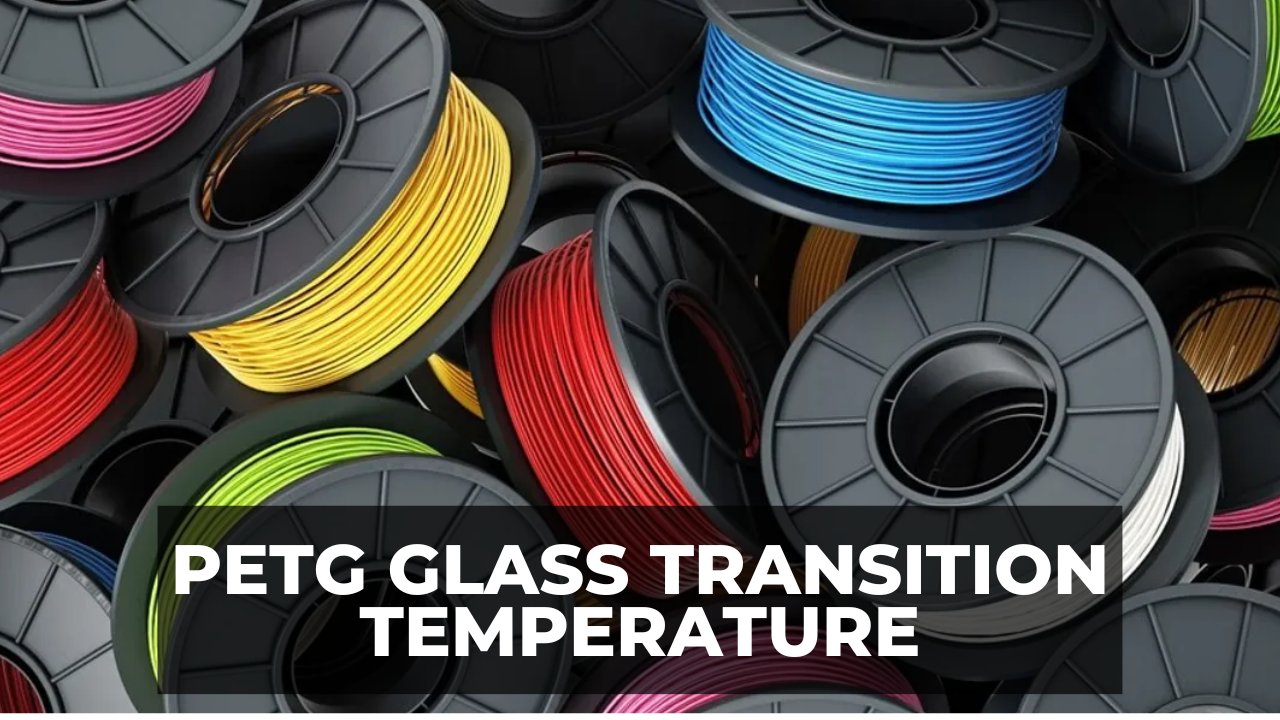
PETG Glass Transition Temperature: Fully Explained


At 3DSourced we’ve covered everything 3D printing and 3D since 2017. Our team has interviewed the most innovative 3D printing experts, tested and reviewed more than 20 of the most popular 3D printers and 3D scanners to give our honest recommendations, and written more than 500 3D printing guides over the last 5 years.
Glass transition temperature refers to the temperature at which a material turns from a hard solid to a soft, rubbery state.
It’s often confused with melting point, but the two are not the same. Melting point is the temperature when a solid turns into a liquid. Glass transition temperature is the point when a solid starts to lose its shape, turns into a gooey state, but is not yet a real liquid.
In this article, I’ll talk about the glass transition temperature of PETG, how it affects your PETG prints, and how it compares to other filaments.
What Is The Glass Transition Temperature Of PETG?
The glass transition temperature for PETG is around 80°C. This is the temperature when PETG changes from a hard solid filament to a rubbery, gooey state. The actual temperature may vary by a few degrees, typically between 80-85°C, depending on the brand of PETG.
The small variation in PETG’s glass transition temperature is due to differences in the production process of the filament. Some manufacturers include additives in their PETG blends to give them extra chemical resistance, strength, and stiffness.
This is why it’s important to check the manufacturer’s specifications to know the exact glass transition temperature of your PETG filament.
Knowledge of your filament’s glass transition temperature is vital because it helps you avoid common printing failures. In addition, if you know the temperature when your PETG filament starts to act gooey, you can predict whether your prints will survive in certain hot environments.
Let’s see how.
Why is this important?
Object Functionality
The last thing you want is to print an object out of PETG and use it in a very hot environment. If your printed part is going to be used in an environment above 80°C, it will begin to lose its shape and functionality.
For example, if you’re printing a part you’ll use under the hood of a car, PETG is a dead-end. This part will most likely deform under all that heat. In that case, you can try using a polycarbonate or ABS-like filament.
Bed Temperature
During 3D printing, the printer warms up the bed so your filament sticks to it. If the prints did not stick, your job would fail and come out completely misshapen.
If you’re printing with PETG, your bed temperature should be the same as the glass transition temperature. At this temperature, the base of the print is soft and sticky enough to adhere to the build platform.
If your bed is at a higher or lower temperature than this, the following issues will arise:
Warping
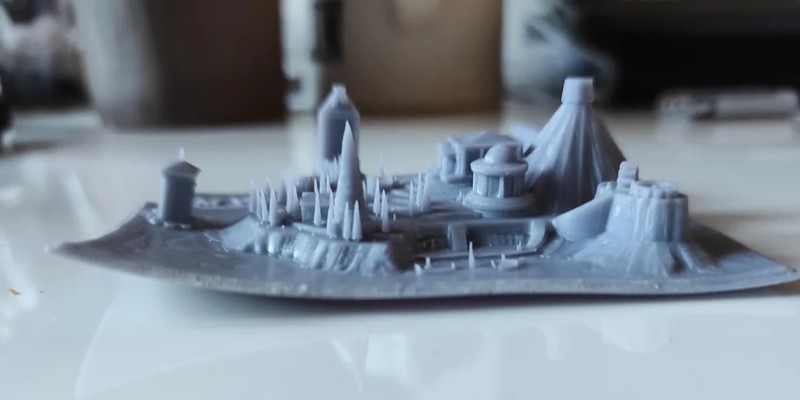
Warping is when the corners of your print start to lift off the print bed. It happens when the print bed is colder than the bottom layers of your print.
When hot, molten filament is deposited on the 3D printer’s build plate, its temperature drops, and it turns from liquid to solid plastic.
However, if the print bed is too cold, it’ll cool too fast and shrink, which creates warping and layer separation, especially in the model’s corners. Set your print bed in the 80-85°C range for PETG, at its glass transition temperature, and you minimize warping.
Elephant’s Foot
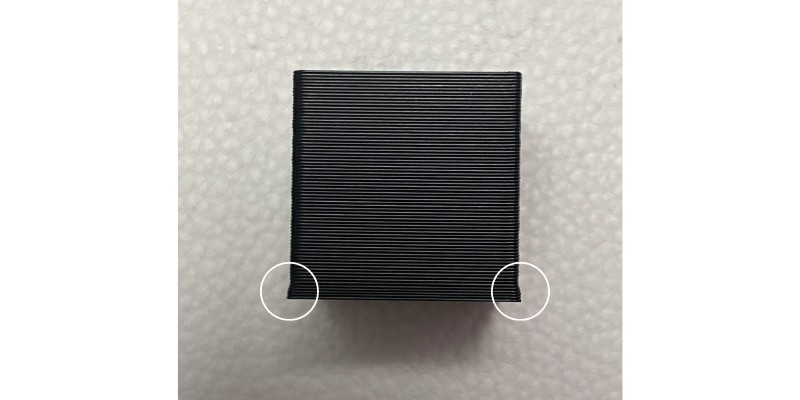
Elephant’s foot makes the bottom layers of your print look like they’re slightly spreading outward. One of the reasons why it happens is an overheated print bed.
A bed that is above the glass transition temperature will only melt the bottom layers. And as you continue to print more layers on top, the weight of the print forces the wet bottom layers to flow outward.
Also note whether your nozzle temperature is too high, as this can make PETG string and ooze.
PETG Glass Transition Temperature vs Other Filaments
| Filament | Glass Transition Temperature |
|---|---|
| PETG | 80-85°C |
| PLA | 60-65°C |
| ABS | 105°C |
| ASA | 100°C |
| TPU | 20-90°C |
| Polycarbonate | 147°C |
| Nylon | 70-80°C |
PLA
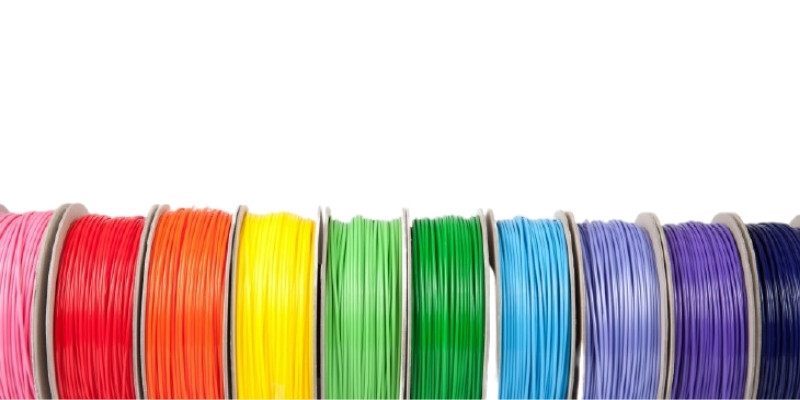
PLA (Polylactic Acid) is probably the most used 3D printing filament. It’s affordable and easy to work with, making it a staple for hobbyists.
PLA’s glass transition temperature is 60-65°C. It’s not as strong or durable as PETG, and its prints are less effective for high-temperature use than PETG. You don’t even have to use a heated bed with PLA, as it does not warp much – though it’s still recommended.
ABS
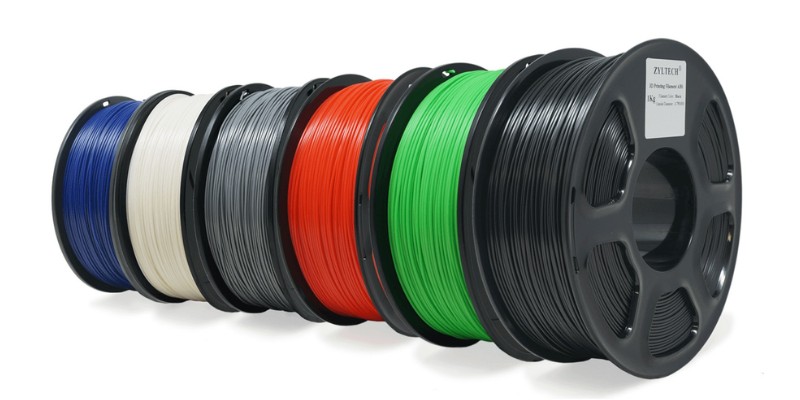
ABS (Acrylonitrile Butadiene Styrene) is a common thermoplastic with high tensile strength. From lego bricks to car dashboards to wall socket coverings, ABS is everywhere.
At 105°C, ABS has a higher glass transition temperature than PETG. But it’s also more sensitive to changes in ambient temperature, making it tedious to work with. In most cases, ABS requires heated, enclosed build chambers during printing to prevent warping, as well as a heated bed.
ASA
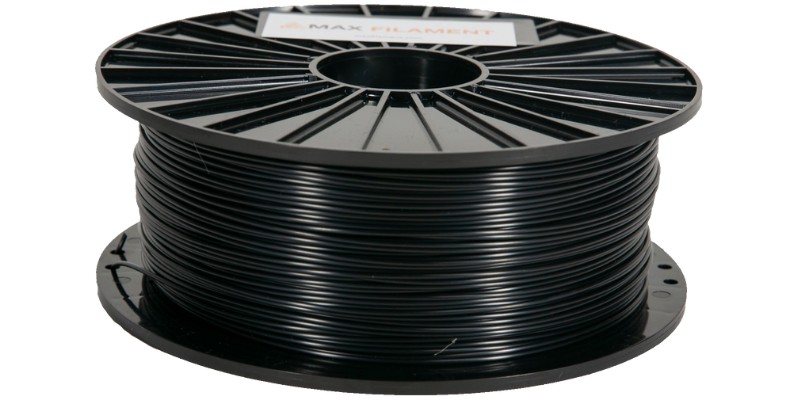
ASA (Acrylic Styrene Acrylonitrile) is closely related to ABS in terms of its chemical properties. It was derived to serve as a more UV-resistant version of ABS that is easier to use. The glass transition temperature of ASA is 100°C.
ASA also requires a heated enclosure, not only because of its similarity to ABS, but also due to its tendency to release toxic fumes.
TPU
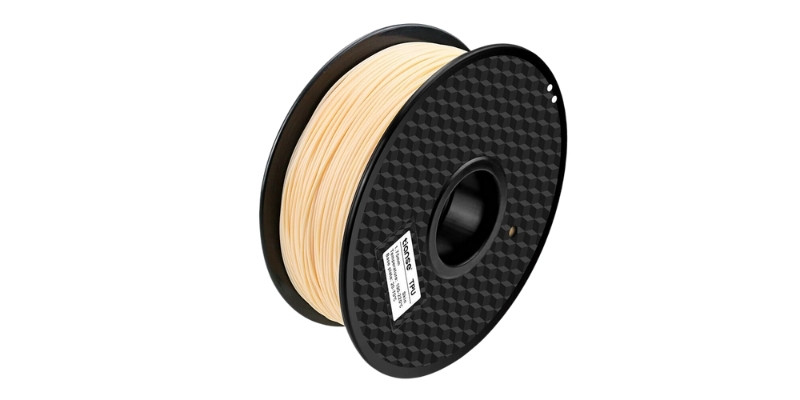
TPU (Thermoplastic Polyurethane) is an example of flexible filament. It’s the go-to filament for printing rubbery, bendy parts such as phone cases. TPU’s glass transition temperature is anywhere from room temperature to 90°C for some brands.
It’s also tricker to print, and doesn’t work well with bowden extruders. Print slowly (20-30mm/s) and with a direct drive extruder.
Polycarbonate
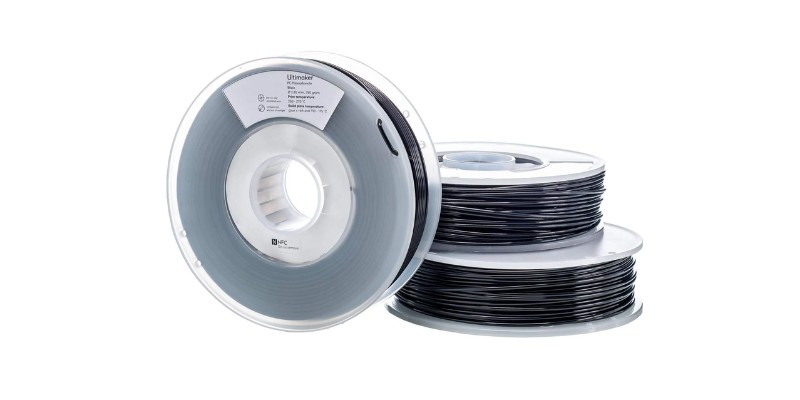
Polycarbonate is a tough filament that is largely used for engineering applications.
Its glass transition temperature of 147°C makes it one of the best materials to use for printing parts that are used in high-temperature environments.
Polycarbonate requires an enclosed build volume because any uncontrolled cooling conditions will likely create layer separation in polycarbonate prints.
Nylon
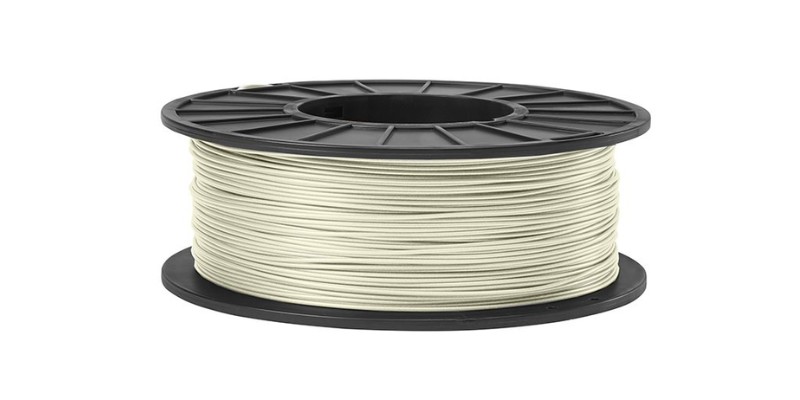
Nylon is a common 3D printing filament with a variety of applications. Nylon’s glass transition temperature is 70-80°C. It also requires an enclosure around the build volume during printing in order to avoid warping issues.
When it comes to toughness and strength, nylon gives most 3D printing filaments a run for their money.




















